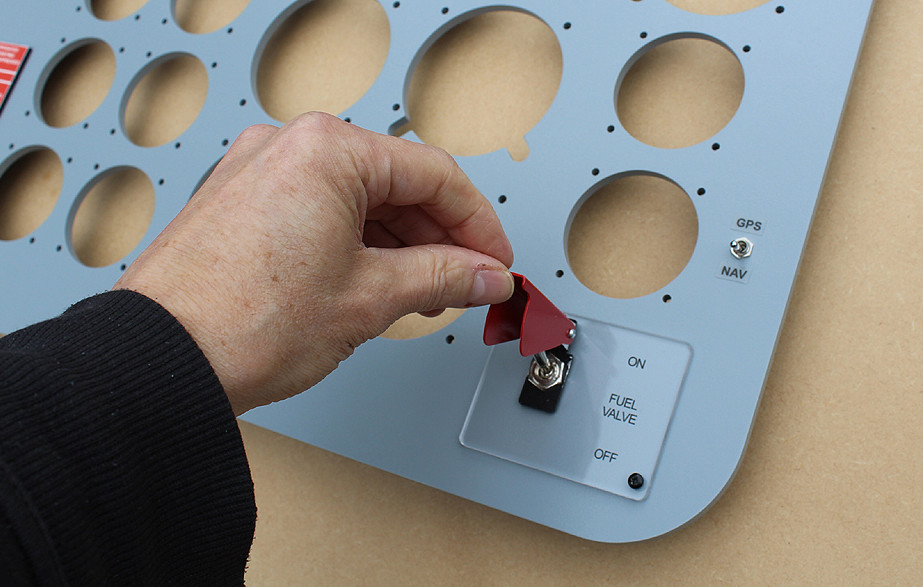Below are a few quick photos showing an avionics stack that we made back in 2017 and which was destined for a Bell 206 simulator that required Night Vision training, hence the green backlighting and the red 7-segment digits.
The blank panel near the top of the unit was just a placeholder that we sent with the avionics stack until we'd made the EFIS units that would eventually be fitted. These are shown further down the post.
The above photo shows the unit with only the backlighting on, whilst below all of the individual radios have also been switched on.
The radios automatically pick up the correct information whenever they are turned on.
Below is the EFIS panel that would later replace the blank panel. The reason behind there being two separate EFIS units is that we built and supplied two separate avionics stacks.









.jpg)
.jpg)
.jpg)
.jpg)
.jpg)
.jpg)
.jpg)
.jpg)
.jpg)


.jpg)
.jpg)
.jpg)
.jpg)





.jpg)
.jpg)
.jpg)
.jpg)














